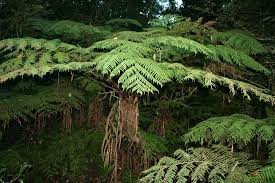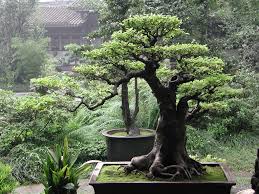Get Started Growing Bamboo
Author: Jerry WorkBamboo may be one of the very best candidates for a kind of plant to grow in or outside your home. Bamboo is attractive, can bloom in a multitude of colors (depending on the variety), and, once mature, can survive with relatively little maintenance. It is a good choice of plant for the busy, modern day person - except it's not really a plant. Bamboo is actually a kind of tall forest grass, which is what makes it such an adaptable plant. There are many different kinds of bamboo which are appropriate for specific environments - wet, dry, warm or cold. Picking the right bamboo for your surroundings is very important.
Do not be fooled by the "lucky bamboo" that is sold in some stores. That bamboo, which requires nothing but some water in a vase to grow, is actually dracaena, a very common houseplant. As a side note, you can save a lot of money on lucky bamboo by buying it under its true name. There is a huge markup in the price when it is tagged and sold as lucky bamboo. Real bamboo requires more diligence than the falsely named lucky variety.
Bamboo grows best when exposed to maximum sunlight, although it is often advisable to provide shading for young bamboo plants. Bamboo also needs water, fertilizer, and protection to grow to its fullest, just like any other plant. You need to give your bamboo as much love and attention as your other plants.
Bamboo should be planted in a rich, organic soil. If your soil is too heavy, you might want to add mulch. The mulch should be placed around the bamboo at a thickness of about two inches. Good sources of mulch for growing bamboo include grass, compost, and manure.
Bamboo thrives best in warmer climates. If you live in a climate where it is reasonably warm year-round, then you can just about plant your bamboo any time you want. However, if you live somewhere with cold winters, you should plant the bamboo early enough in the year to allow it to harden before winter arrives. A layer of heavy mulch can also help bamboo survive a cold winter environment.
One thing to keep in mind about bamboo is that it is a running plant, meaning that it has roots that spread out, often destroying nearby plants and animal habitats. For this reason, it is often recommended that a barrier be placed up to 30 inches in the ground to block the spread of roots. When bamboo roots encounter obstacles while expanding outward, they will grow downward, looking for a new way to go. That is why the barrier needs to be so deep.
Bamboo can also be grown in a pot, although it requires more care and attention. For example, in a pot, bamboo can get too dry or too wet because it lacks its own access to soil in the ground. Bamboo grown in pots does not tend to grow as well as bamboo in the ground.
Young bamboo plants should be watered liberally, as much as every day during the summertime. More mature bamboo requires less watering. Also, young, thin bamboo stalks may need to be tied to a stake or some kind of sturdy object to prevent wind damage.
So, yes, bamboo does require some work, especially in the beginning - way more than your lucky bamboo. But it is definitely worth the effort to introduce such a pleasing and unusual plant to your home.
[bamboo] bamboo wood, bamboo flooring, plants, environmental wood flooring





No comments:
Post a Comment